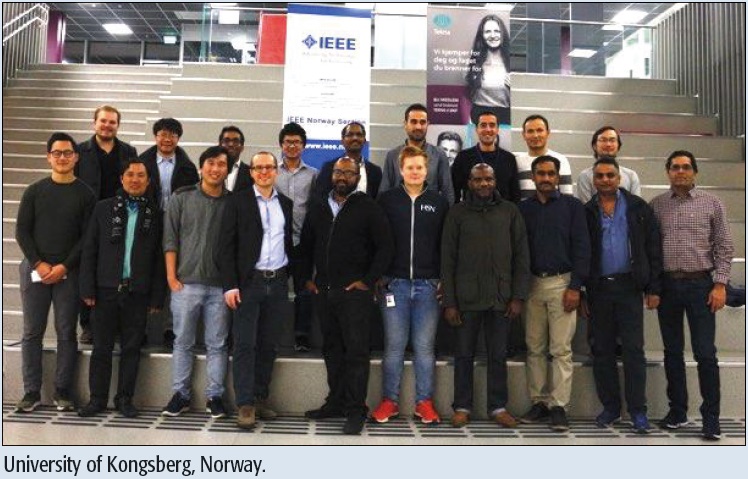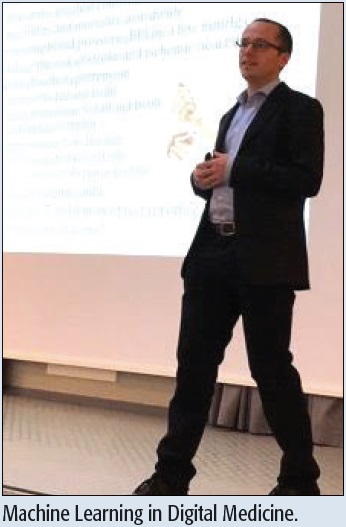
Digitalize human beings using biosensors to track our complex physiologic system, process this large amount of data with artificial intelligence (AI), and change clinical practice toward individualized medicine: these are the goals of digital medicine!
In this Distinguished Lecturer Tour in November 2018 I had the opportunity of presenting this exciting topic at four universities and research institutions in two countries: the University of Königsberg, Norway; Simula Research Lab, Oslo, Norway; Aalto University, Helsinki, Finland; and the University of Oulu, Finland.
Summary of Talks

At Scripps Research, we are a team of computer scientists, engineers, and clinical researchers, in partnership with health industries, and we propose new solutions to analyze large longitudinal data using statistical learning and deep convolutional neural networks to address different cardiovascular health issues.
One of the greatest contributors to premature mortality worldwide is hypertension. Lowering blood pressure (BP) by just a few mmHg can bring substantial clinical benefits, but it is hard to assess the “true” BP for an individual, since it fluctuates significantly. With a dataset of 16 million BP measurements, we unveil the BP patterns and provide insights on the clinical relevance of these changes.
Another prevalent health issue is atrial fibrillation (AF), the most common sustained cardiac arrhythmia, associated with stroke, heart failure and coronary artery disease. AF detection from single-lead electrocardiography (ECG) recordings is still an open problem, as AF events may be episodic and the signal noisy. We conduct a thoughtful analysis of recent convolutional neural network architectures developed in the computer vision field, redesigned to be suitable for a one-dimensional signal, and we evaluate their performance in the detection of AF using 200 thousand seconds of ECG, highlighting the potential and pitfalls of this technology.
Looking to the future, we investigate new applications for wearable devices and advanced processing in the All of Us Research Program, an unprecedented research effort to gather data from one million people in the USA to accelerate the advent of precision medicine.
At the University of Oulu, Finland, I presented also a second talk: Cellular and Device-to-Device Networks Coexistence. In this talk, we discussed the coexistence of device-to-device (D2D) and cellular communications in the same band, a promising solution to the dramatic increase of wireless network traffic load. In this scenario, we propose a robust optimization framework to derive a proactive caching policy that exploits all these communication opportunities and reduces congestion on the backhaul link. The adoption of D2D technologies may save precious resources like spectrum and energy for future 5G networks by exploiting physical proximity between terminals, helping to counteract the increasing traffic demand in cellular networks.